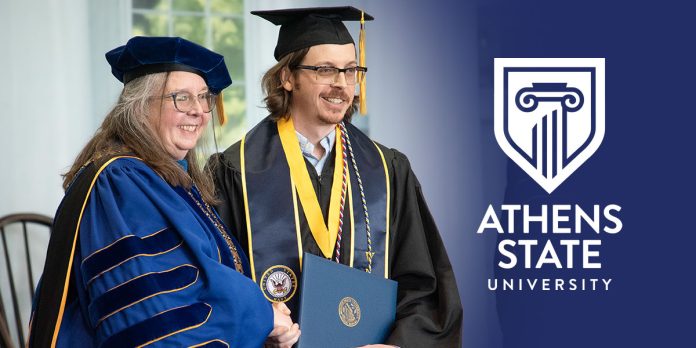HUNTSVILLE — Brainpower.
There are not many words that provide a better description behind the core value that is responsible for the north Alabama region’s spectacular economic success in the latter half of the 20th century and for the first two decades of the 21st century.
The term brainpower came into the Valley’s sphere of consciousness during the early days of the space race. Among the first local notations of the word brainpower was framed during a speech by Dr. Wernher von Braun, the first director of NASA’s Marshall Space Flight Center. The title “doctor” was not an honorary degree but a Ph.D. that he earned in physics at the age of 22.
That’s quite an achievement, even for a man that would ultimately lead the United States’ efforts to land astronauts on the moon. That was a seemingly impossible task that would have up to that point in history would lend itself more to science fiction rather than scientific fact.
Von Braun, who would eventually be recognized as the patriarch of America’s space program, spoke to a gathering of the members of the Alabama Legislature in 1961. During his talk, von Braun laid out a challenge to the state of Alabama about the importance of supporting Marshall Space Flight Center by increasing the state’s investment in academics and the university research environment.
The German engineer and scientist enthralled the lawmakers describing how America would launch the massive Saturn V toward the moon and place American astronauts on the lunar surface and return them safely to Earth; a goal chosen for the nation, President Kennedy said, not because it was easy but because it was hard.
As history would record, that national initiative was accomplished before the end of that decade. As a matter of fact, the feat was achieved six months before the president’s deadline.
During von Braun’s presentation, he noted that if Alabama wanted to be a participant in the global space race, it would take an investment by the state.
And von Braun was direct.
“Opportunity goes where the best people go, and the best people go where good education goes,” he said. “To make Alabama more attractive to technical and scientific people across the country — and to further develop the people we have now — the academic and research environment of Alabama must be improved.”
Von Braun continued with his speech citing the importance of the institutions of higher learning and brainpower, specifically.
“It’s the university climate that brings the business,” he said. “Let’s be honest with ourselves. It’s not water, or real estate, or labor or cheap taxes that brings industry to a state or city. It’s brainpower.”
It’s quite incredible what has resulted from a brief talk more than a half century ago by von Braun to that influential body of Alabama leaders, and the impact he possessed with local elected officials and civic leaders.
Transport to the present day. The Tennessee Valley is considered one of the smartest areas in the United States. There are four state universities in the Valley — Alabama A&M University, Athens State University, the University of North Alabama and the University of Alabama in Huntsville.
Those institutions have produced 53,291 diplomas during the past 10 years. That’s a tremendous amount of brainpower rippling through the region’s economy for many years and long into the future.
Looking at the bigger picture, Redstone Arsenal has become a federal campus of excellence for the Army, employing more than 45,000 people. It is estimated that more than 80% of those workers have at least a bachelor’s degree and many of them have earned advanced degrees. Thousands of them are graduates of Valley universities.
Cummings Research Park can boast similar success. Today, CRP is the second largest university-related research park in the nation with more than 300 companies and 26,000 employees.
Again, a very high number of those workers traveling to the research park hold college degrees. In many companies the number exceeds 90%. That’s an advanced workforce in anybody’s definition. And again, a large number of them are graduates of Valley universities.
So, it’s no wonder that the Valley’s workforce has been described by many through the proliferation of the term brainpower — people with developed intellectual ability.
Simply put, brainpower refers to the mental capacity or intellectual ability that one possesses. It encompasses skills such as reasoning, problem-solving, learning, critical thinking and creativity. Generally speaking, it is the ability to comprehend complex concepts, process information and apply that knowledge effectively.
An individual’s perception of their position in life is seen in the context of the culture and value systems in which they live and in relation to their goals, expectations, standards and concerns.
Standard indicators of the quality of life include wealth, employment, education, the environment, physical and mental health, recreation and leisure time, social belonging, religious beliefs, safety, security and freedom.
Brainpower’s impact is clearly demonstrated through nearly every aspect of the quality of life that the Valley and its populace enjoys today; all from a single contributing force — brainpower.
Don’t miss out! Subscribe to our email newsletter to have all our smart stories delivered to your inbox.



